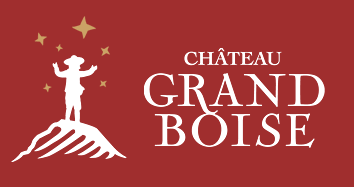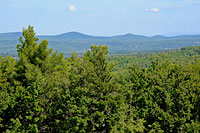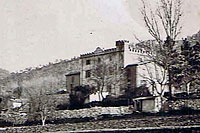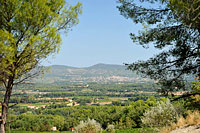| Directions | Contact | Photo libraries | 360° panoramas | Videos | News |
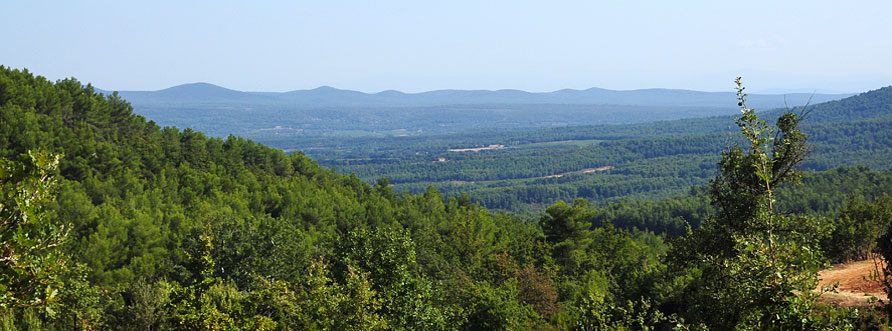
More than 4 centuries of history ...
In a region where vines have been cultivated for more than 2 millennia, Chateau Grand Boise possesses a long lineage. The known origins go back to 1610, but there is no doubt that vines were grown long before that date.
In Roman times, the Aurélien Way, a major road leading to Rome, went through the Arc Valley. It is here in 102 BC that the consul Caius Marius (Julius Caesar’s uncle) succeeded in stopping the Teutons making determined progress towards Rome. The battle was terrible, and the village of Pourrières (rotten) owes its name to the huge number of corpses left rotting there for several months.
The texts of the period already mention the existence of vines, but it was primarily in the Middle-Ages that, under the pressure of the great monastic orders, viticulture developed in Provence. The monks’ skill in land management, added to the construction of aqueducts, bridges and underground canals, all contributed to the development of wine in Provence.
From the 14th Century the vineyards began to be acquired by the nobility and senior army officers. New methods of vinification were tried out. In the countryside around Aix-en-Provence, parliamentarians and rich townsmen began to construct bastides - Provençal mansions surrounded by farming estates.
Thus it was that in 1610, just above the village of Trets, a Magistrate from Aix-en-Provence had himself built the bastide “La Grenobloise”, a solid stone-built house which faced the Sainte-Victoire mountain. At the time, its 10 hectares (25 acres) of vines produced 150 hl (3300 gals) of wine. A vaulted cellar was hollowed out of the living rock and later a glassworks was installed. Chateau Grand Boise was thus the first Provençal wine estate to bottle its own wine.
In 1879, the estate merged with the two neighbouring farms of Cabassude and Les Brunets to create the great estate we know today.
In the 20th century activity centred on crops and animal husbandry: vines, olive and almond trees, sheep and silkworms. The huge forests supplied wood and were an excellent source of game for hunting. From 1950 onwards, vines became ever increasingly important. Chateau Grand Boise gained a solid reputation for itself, thanks to its quality wines.
Now, at the beginning of the 3rd millennium, Chateau Grand Boise is making a fresh start. Under the leadership of its new owner, the estate has been equipped with efficient technology and significant works have been carried out. The Bastide and the Mas de Cabassude have been entirely renovated and a large reception room created. Some of the vines were dug up and replanted. In all this modernisation, the estate’s roots have not been forgotten as olive groves and sheep have returned.
Throughout all its long history, the estate has only changed hands three times. Thus it is that the Chateau Grand Boise had retained a strong and present personality: it is still a welcoming and authentic estate which is clearly at one with nature.
An estate which has not only a history but also a soul.
![]()
